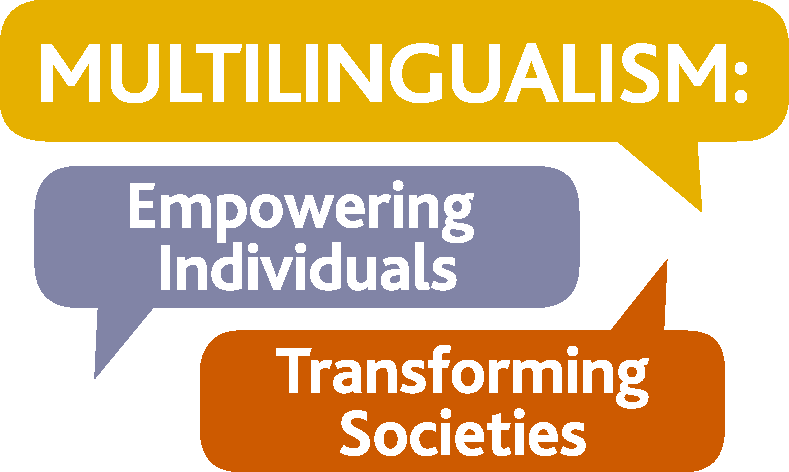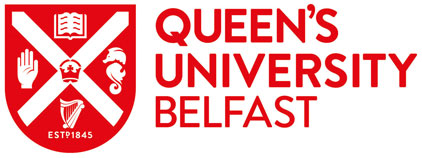The Oxford English Dictionary’s website posted an announcement earlier this month that there would be an "unusual departure” from their normal quarterly lexicon update, with certain words and abbreviations showing unprecedented levels of current use to be identified and updated in the records. These are, of course, terms related to the current coronavirus pandemic, but what I found surprising is that, in fact, only one of the words referenced is a neologism, Covid-19 (I will assume no definition necessary!). The rest all have previous records, including social distancing (first recorded in 1957), elbow bump (1981) and PPE (1977).1 Speaking personally, I had never heard of the last initialism before this year, and spent some time trying to decipher WFH when it first appeared in an email -thankfully context helped me to figure out this was not a reference to the World Federation of Hemophilia, the first link to appear on a google search, but rather working from home! And, even more interesting, is that the definitions of many of these words were somewhat different from how we’re using them today. Elbow bump, for example, was originally defined as a celebratory gesture made to a sports teammate after a victory, rather than a method of reducing physical contact with friends or family, and social distancing, in its first 1957 use, was understood to mean emotional, rather than physical, separation from a group.
This resurgence of old words into new conversations is a reminder how language changes to reflect social demand. Semantic shift is a well-recognized feature of the impact of time upon our use of language in society. Many of the words in our daily vocabulary have original meanings vastly different from our usage today. The current definition of awful, “very bad or unpleasant”, for example, is almost unrecognizable from its first recorded meaning, originally used in the sense of “inspiring respect” (literally, rending you “full of awe”). In most cases of semantic transformation we can follow the evolution of a definition over hundreds of years, as change in meaning is not something “acquired simultaneously” by all members of a community, rather, the original sense of a word will coexist with the innovated meaning for some time, until it’s finally discarded. The evolution of awful can be traced over hundreds of years, with many examples of this word being used with both meanings during the same period. In the case of the terms being used in relation to the current pandemic, however, the speed at which these words, along with their evolving meanings, have taken over our daily conversations is remarkable, reflecting both the pace at which we’ve had to adjust our social behaviour, as well as the need to find the language to effectively communicate these changes to others.
This “unprecedented” frequency of occurrence of terms like elbow-bump and social distancing in 2020 certainly reinforces the often-cited metaphor that “language is the mirror of culture and society”. It’s also been interesting to follow the discussions as to the inverse, too, namely to what extent our future societies will reciprocally become mirrors for our current language. With the continued discussion as to the changes in practices, both workplace and more generally, that will likely follow this outbreak in the months and years to come, will WFH become as common in practice as it is as a phrase in emails today?
1 https://public.oed.com/updates/ [accessed 12/04/2020]
Note: comments are moderated before publication. The views expressed in the comments are those of our users and do not necessarily reflect the views of the MEITS Project or its associated partners.







